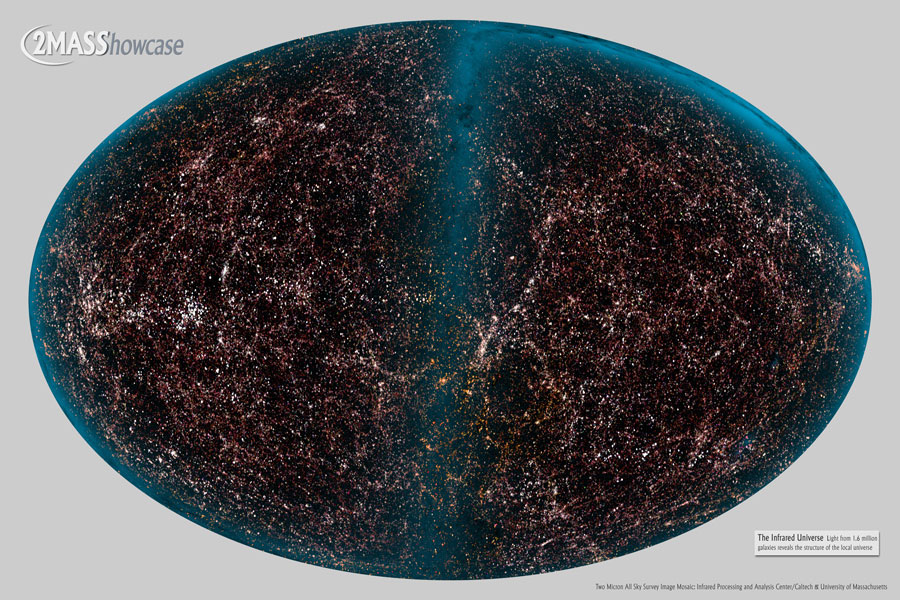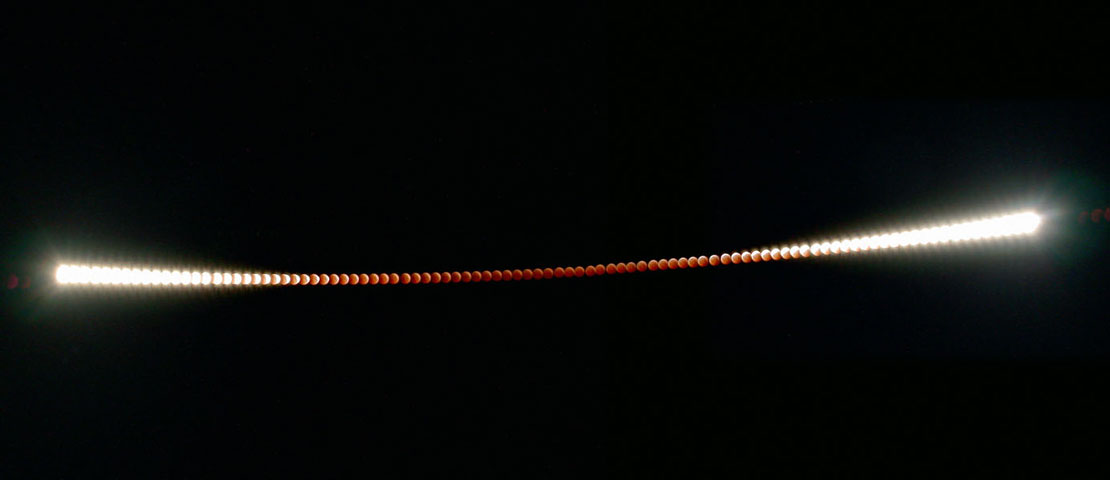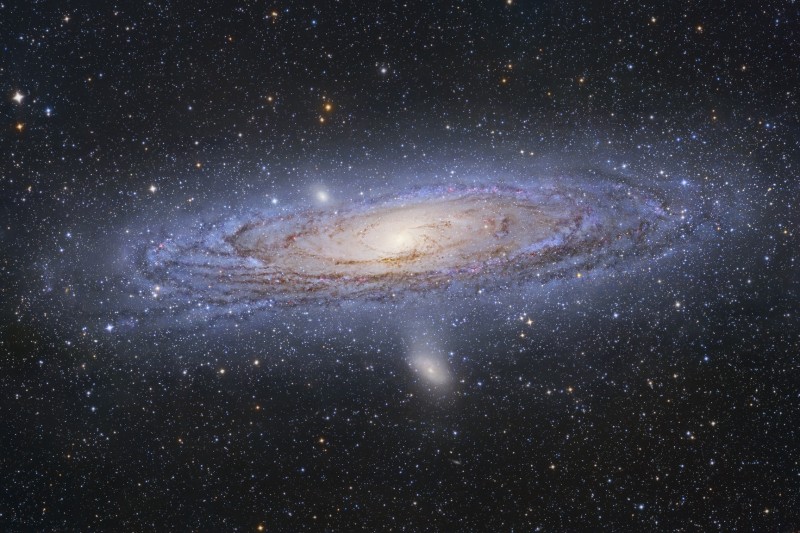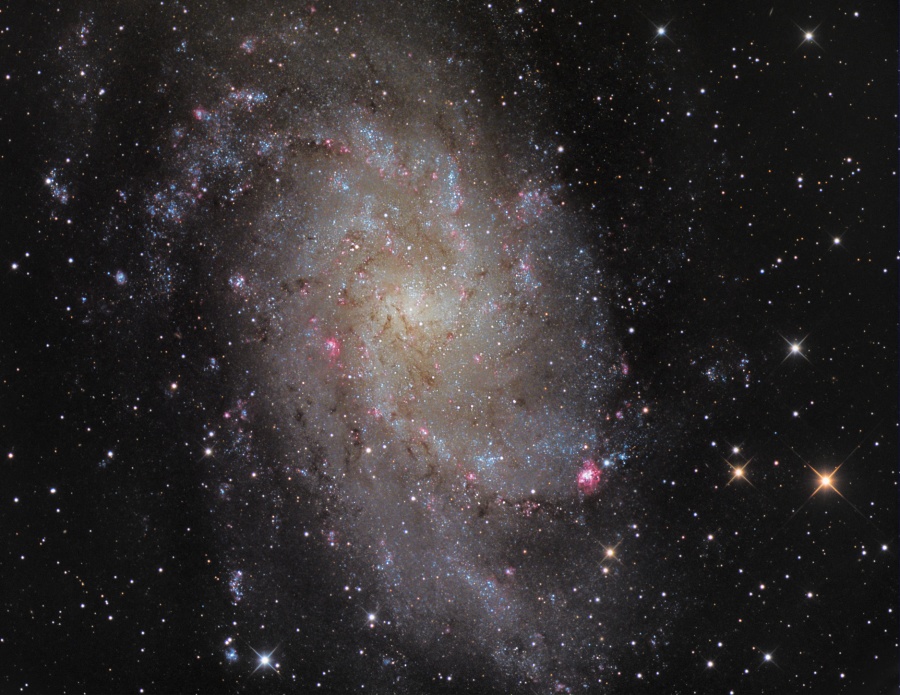Check out the audio promo for ORBITAL MANEUVERS at Drabblecast.org, a great Sci-Fi short story audio podcast site. The host, Norm Sherman did a great job putting the promo together, along with the really neat feature short story (with adult themes), A Matter of Sizeby Robert Jeschonek.
If you’d like to give the book a try, the first 7 chapters are available at the ORBITAL MANEUVERS website. If you want more, you can download the first half of the book in several different electronic formats free at Smashwords.com.
If you like Sci-Fi you will do yourself a big favor by checking out Drabblecast.org. Norm puts on some really amazing short story productions by some very talented authors, with top-notch narration by Norm and other voice actors, music and special effects, it’s a very entertaining half hour. His site won the 2010 Parsec Award for “Best Speculative Fiction Magazine” – a very well deserved honor.
Till next time,
RC Davison











